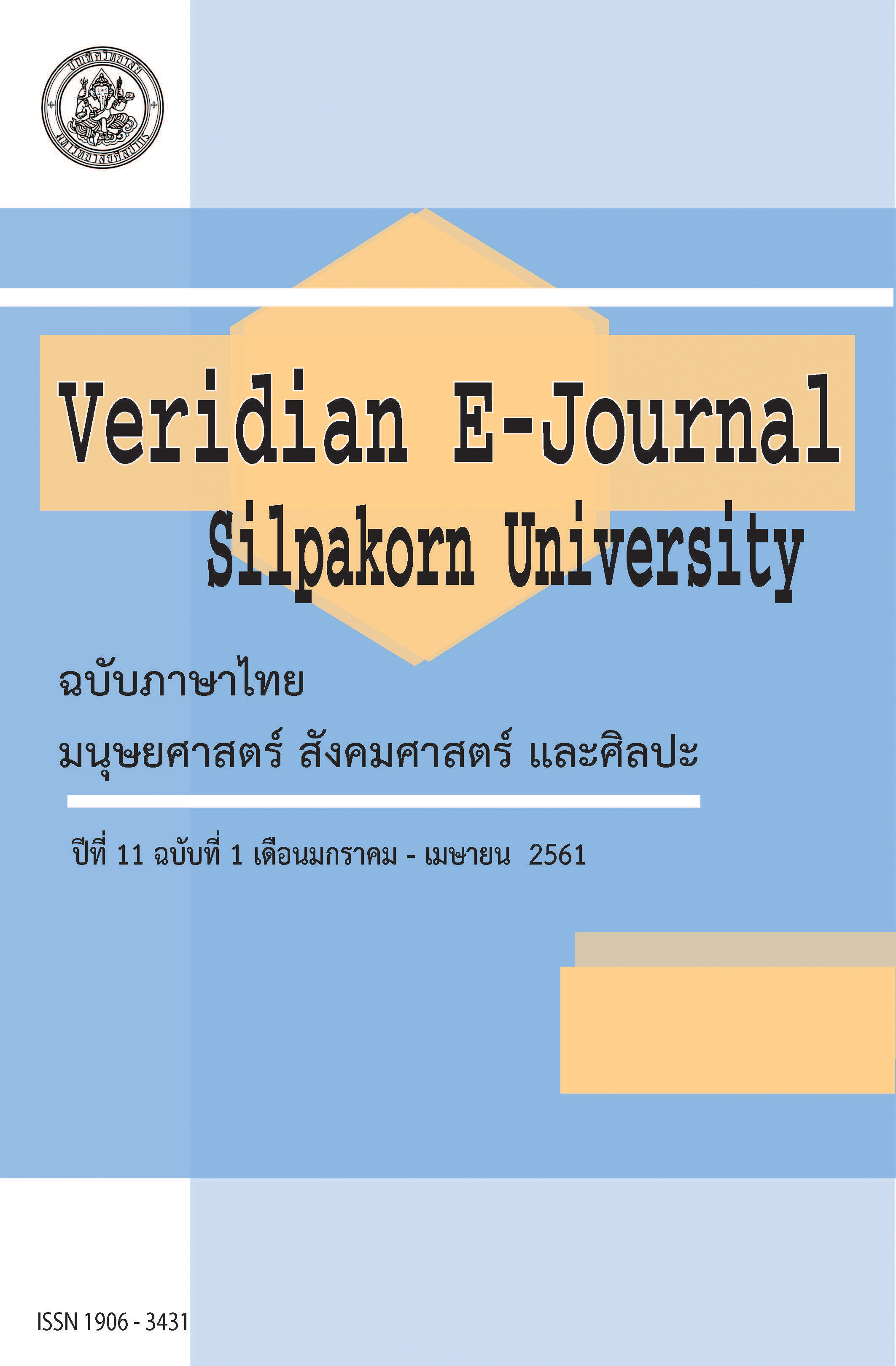ตัวแบบการจัดการการจัดเก็บและขนถ่ายขยะมูลฝอยชุมชนขององค์กรปกครองส่วนท้องถิ่น (Administration Patterns Model Establishment For Collecting And Tranfering Of Local Municipal Solid Waste)
Main Article Content
บทคัดย่อ
การวิจัยครั้งนี้มีวัตถุประสงค์ 1) เพื่อศึกษาสภาพทั่วไปของการบริหารการจัดเก็บและขนถ่าย ขยะมูลฝอยชุมชนขององค์กรปกครองส่วนท้องถิ่น และ 2) เพื่อพัฒนาตัวแบบการบริหารการจัดเก็บและขนถ่ายขยะมูลฝอยชุมชนขององค์กรปกครองส่วนท้องถิ่น เป็นการวิจัยเชิงปริมาณโดยการสำรวจและวิธีแบบจำลองสมการโครงสร้างองค์ประกอบ โดยมีตัวแปรศึกษา 6 ตัวแปร กลุ่มตัวอย่างที่ใช้ในการวิจัย ได้แก่ ประชาชนทั่วไปที่อาศัยในเขตเทศบาลที่ตั้งอยู่ในอำเภอเมืองทั่วประเทศจาก 20 จังหวัด 4 ภูมิภาคทั่วประเทศ จำนวน 800 คน ที่ได้จากวิธีการสุ่มแบบหลายขั้นตอนและการสุ่มตัวอย่างแบบง่าย เก็บข้อมูลโดยแบบสอบถามที่สร้างขึ้นและตรวจสอบคุณภาพด้วยการหาค่าสัมประสิทธิ์อัลฟาของครอนบัค (Cronbach’s Alpha) และ ค่าดัชนีความสอดคล้อง วิเคราะห์ข้อมูลโดยใช้สถิติเชิงพรรณนาและวิธีแบบจำลองสมการโครงสร้างองค์ประกอบแบบยืนยันโดยใช้เมทริกซ์สหสัมพันธ์ และกำหนดดัชนีที่ใช้ยืนยันความสอดคล้อง ได้แก่ ค่าดัชนี ไค-สแควร์ (c2), CMIN/df, RMSEA, RMR, NFI, CFI, AGFI, GFI
ผลการวิจัย พบว่า สภาพทั่วไปของการบริหารการจัดเก็บและขนถ่ายขยะมูลฝอยชุมชนขององค์กรปกครองส่วนท้องถิ่นอยู่ในระดับปานกลาง โดยปัจจัยความสำเร็จด้านการบริหารการจัดเก็บและขนถ่ายขยะมูลฝอยชุมชนมีค่ามากที่สุด ส่วนตัวแบบการบริหารการจัดเก็บและขนถ่ายขยะมูลฝอยชุมชนขององค์กรปกครองส่วนท้องถิ่นที่สร้างขึ้นมีความสอดคล้องกับข้อมูลเชิงประจักษ์ในระดับดี โดยมีตัวแปรที่มีอิทธิพลทางตรง ได้แก่ ปัจจัยด้านความรู้ในการจัดการขยะมูลฝอยชุมชน มีอิทธิพลมากที่สุด (DE = 0.543) ลำดับรองลงมาคือ ปัจจัยด้านทัศนคติในการจัดการขยะ มูลฝอยชุมชน (DE = 0.338) ปัจจัยด้านพฤติกรรมการบริหารและการมีส่วนร่วมในการจัดเก็บและขนถ่ายขยะมูลฝอยชุมชน (DE = 0.289) ส่วนปัจจัยที่มีอิทธิพลทางอ้อม ได้แก่ ปัจจัยด้านความพึงพอใจในการจัดเก็บและขนถ่ายขยะมูลฝอยชุมชน (TE = 0.277) และปัจจัยด้านภาคีเครือข่ายในการจัดเก็บและขนถ่ายขยะมูลฝอยชุมชน (TE = 0.074)
The objectives of this research are included as following; 1) to identify the current situation of community solid waste storage and transfer management of Local Administrative Organization and 2) to develop the prototype for community solid waste storage and transfer management of Local Administrative Organization. The quantitative methods utilized in this research are including survey and structural equation modelling approaches, which based on six variables. The simple and multi-stage random samplings are proposed to manipulate the population samples of 800 citizens who lived in municipality area located in Muang district of 20 provinces and 4 regions of the whole country. The data was collected by constructed questionnaire with qualitative verification using Cronbach’s Alpha coefficient and Index of Item Objective Congruence. The analysis used for this research was including descriptive statistic and structural equation modelling based on confirmation matrix with the following indices as chi square (c2), CMIN/df, RMSEA, RMR, NFI, CFI, AGFI, and GFI. The result showed that the current situation of community solid waste storage and transfer management of Local Administrative Organization was determining into the moderate level of confidence. Therefore, the success of community solid waste storage and transfer management has shown with the highest value. Meanwhile, the prototype for community solid waste storage and transfer management of Local Administrative Organization correlated to evidence data with the good level. The variables directly affected to this matter consisted of knowledge of community solid waste management (DE = 0.543), attitude in community solid waste management (DE = 0.338), and behavioral and participation in community solid waste storage and transfer management (DE = 0.289), respectively. Whereas, the indirect variables consisted of perception in community solid waste storage and transfer (TE = 0.2777) and network party in community solid waste storage and transfer (TE = 0.074), respectively.

